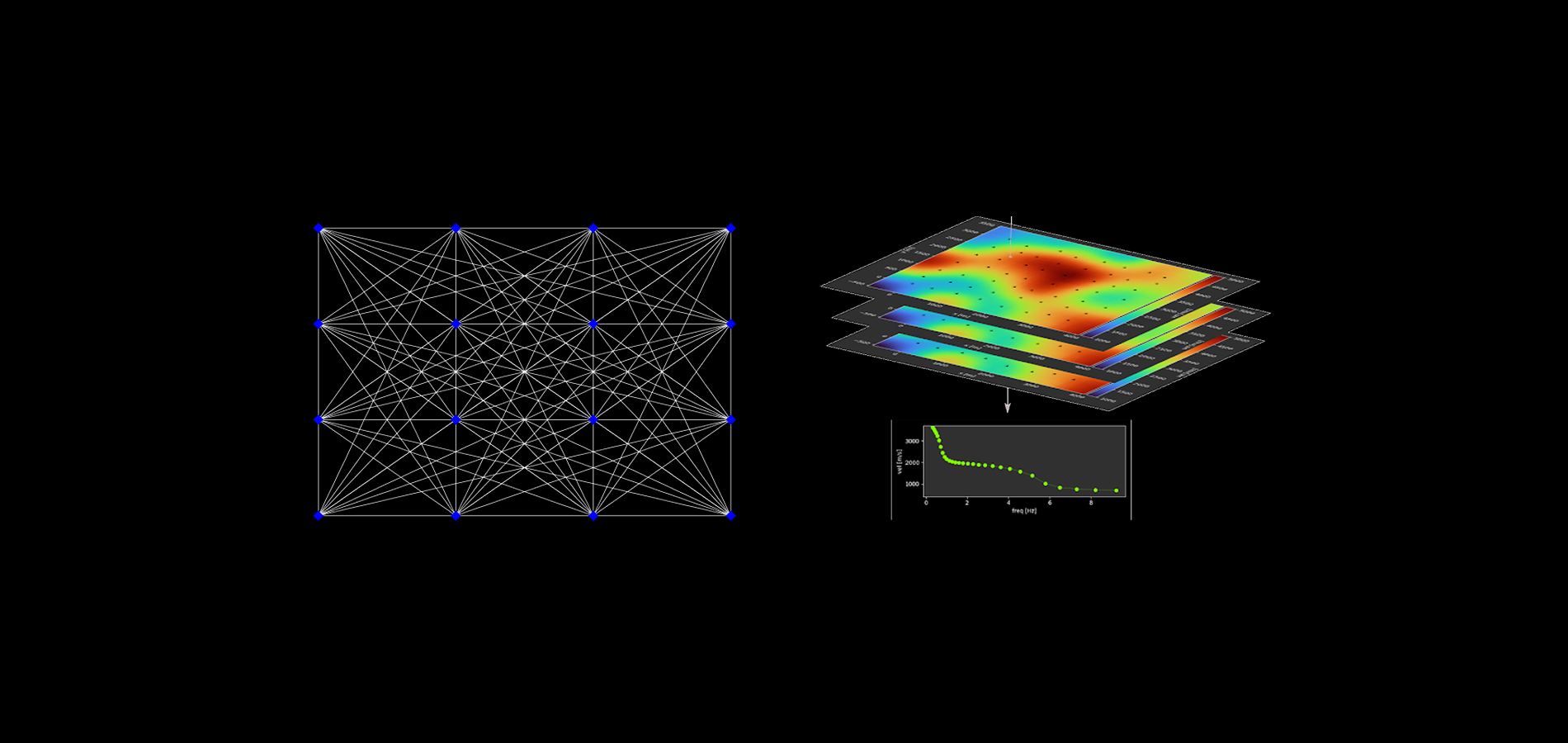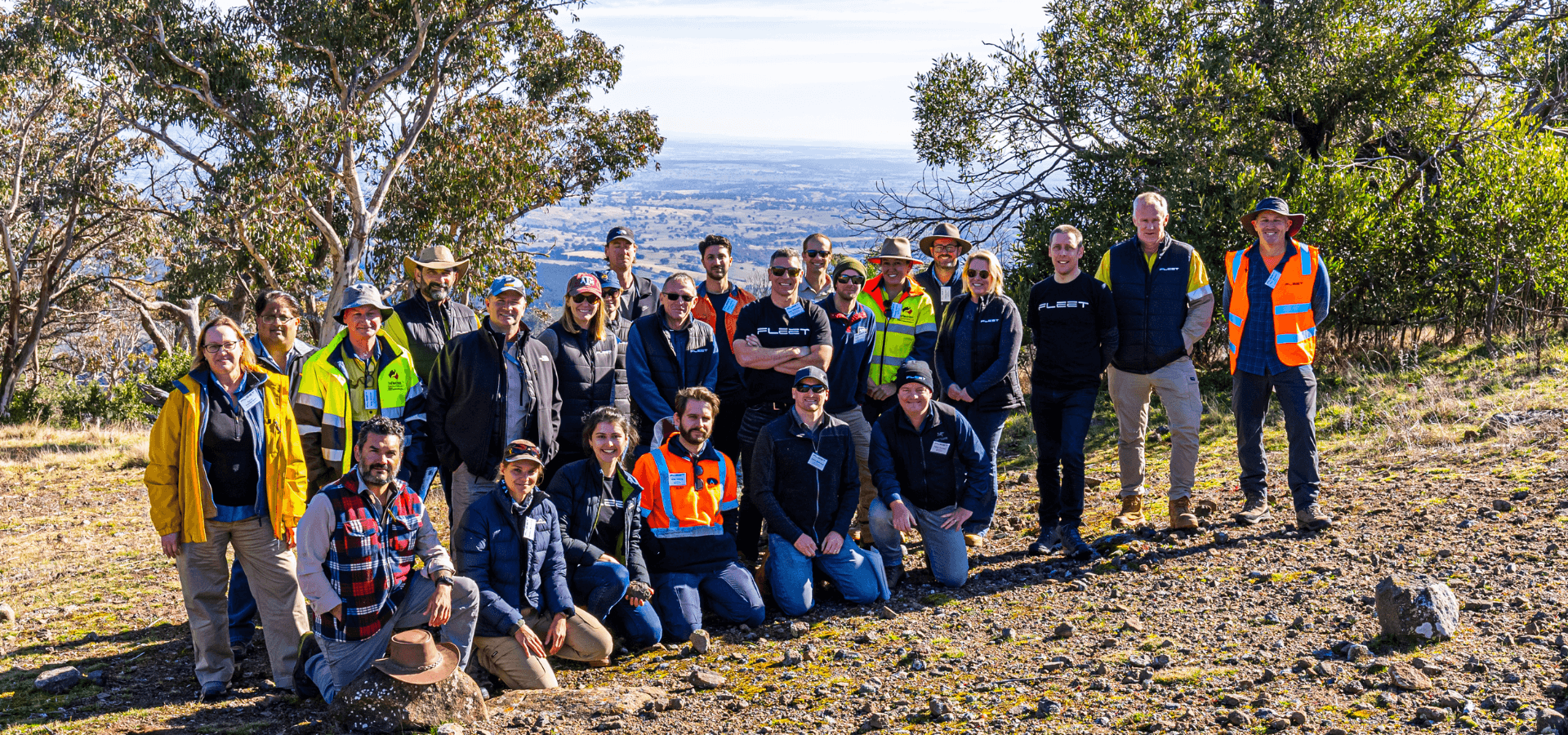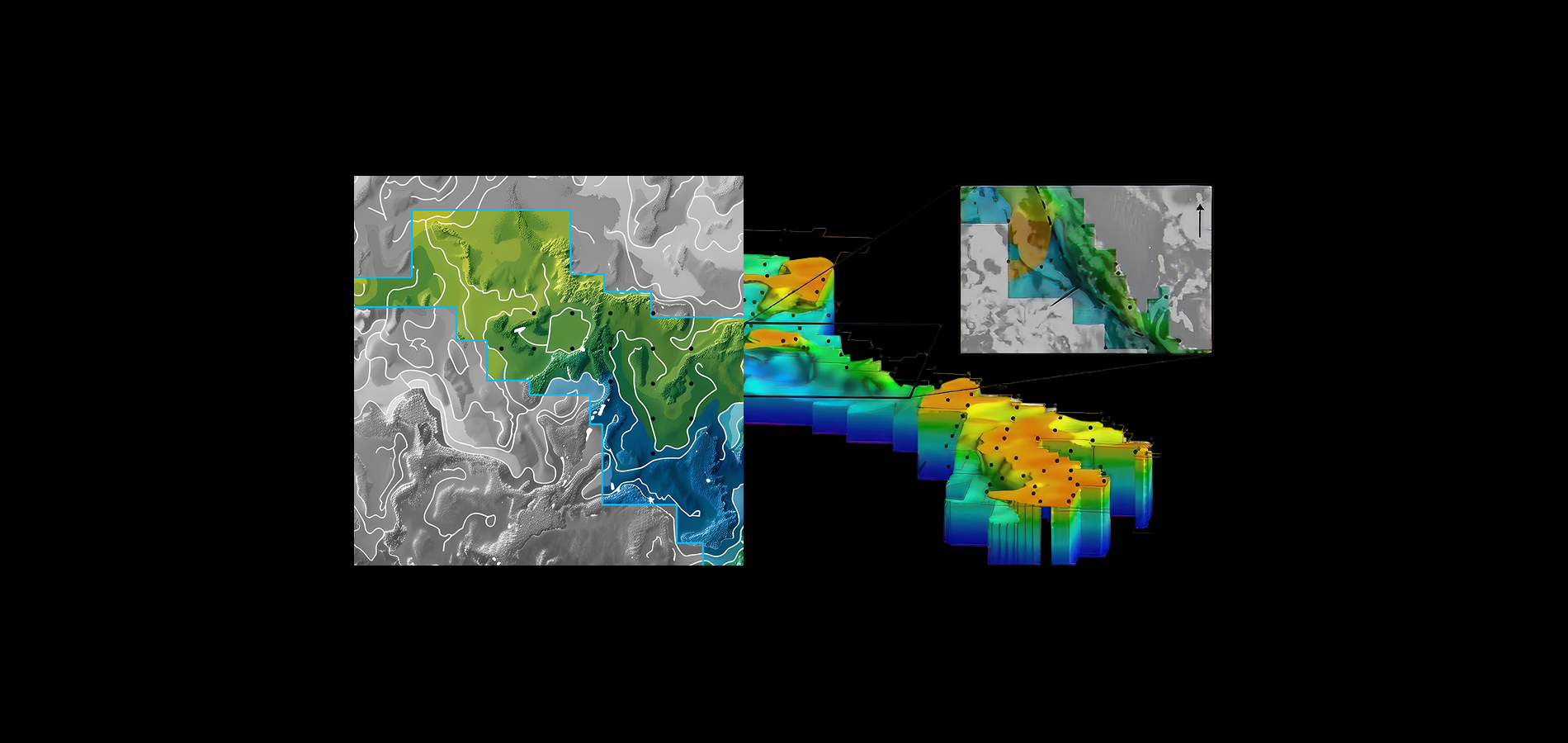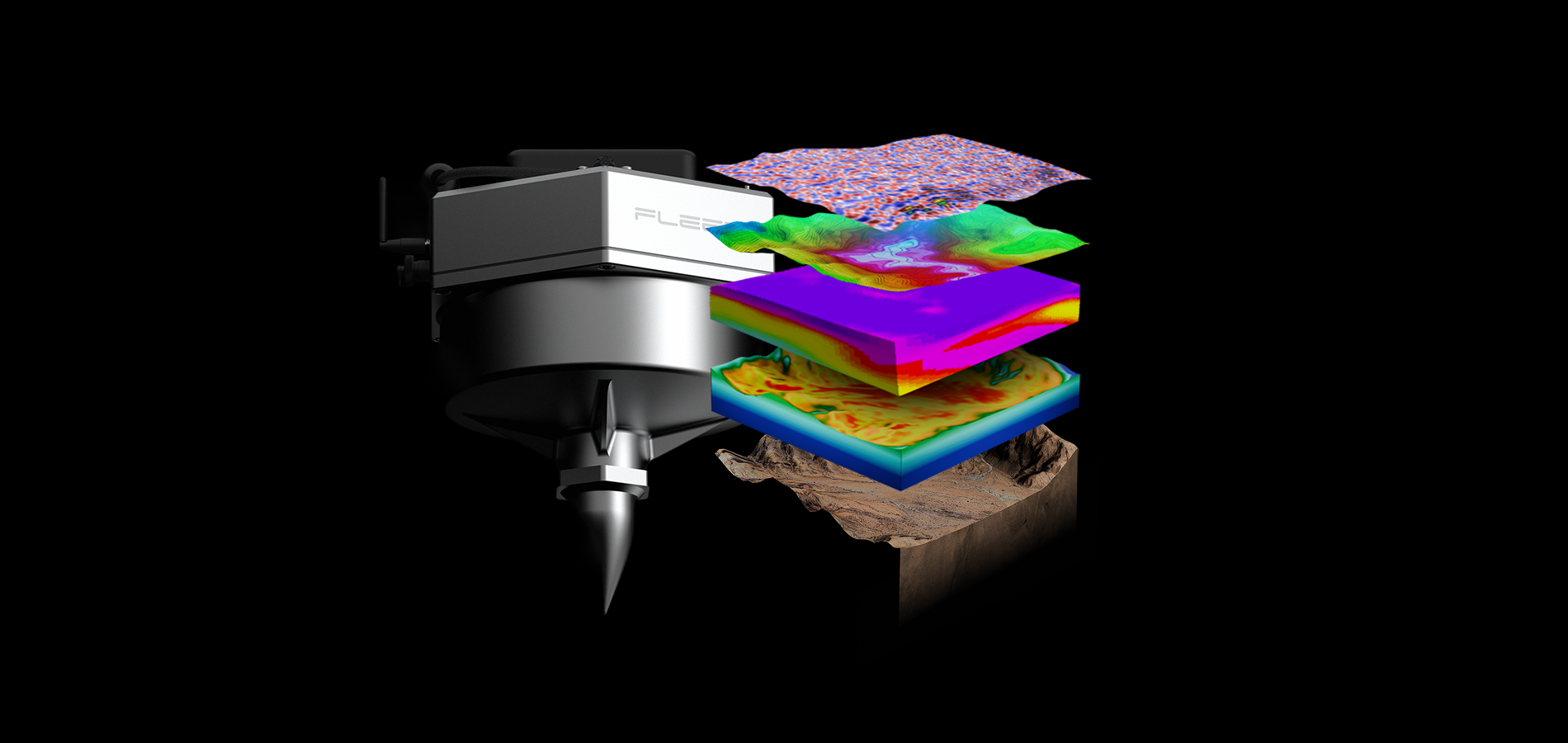Porphyry Copper Exploration: Reflections From the Macquarie Arc

Porphyry copper deposits are the world’s major source of copper. In Australia, one of the main terranes with porphyry copper potential is the Macquarie Arc, New South Wales (Holliday et al. 2002; Cooke et al. 2007). The Macquarie Arc hosts important porphyry Cu-Au, epithermal, and structurally-controlled Au-Cu deposits, including those related to alkalic intrusions in the Cadia district. Newmont’s Cadia underground mine is one of Australia’s largest gold and copper mining operations with ore reserves of 17 Moz of gold and 3.6 Mt of copper.
Fleet Space Technologies is currently working with several clients on their porphyry exploration projects in the Macquarie Arc. ASX announcements by Inflection Resources and Waratah Minerals both point to the value these companies have placed in Fleet’s ANT for providing new drill targets for their exploration programs. The drilling programs that will come out of these surveys will be exciting to watch unfold and success in this region will open new opportunities in other porphyry copper-gold regions.
In May 2024, Fleet Space organised a geological field trip to the Macquarie Arc, with the aims of:
- Viewing representative rocks of the Macquarie Arc and cover geology sequences, including the styles of mineralisation, the nature of outcrop and weathering, and complexity of the regional geology.
- Increasing the Fleet Space team’s geological knowledge and geodynamic history of the area to aid geophysical modelling for mineral exploration.
- Providing a networking opportunity for the Fleet Space team and local mineral explorers.
- Promoting discussion of exploration, data and tools, including the application of ambient noise tomography (ANT), to lower exploration risk and aid discovery of mineral explorers.
This field trip was led by Phil Gilmore of GEMS (Geoscience, Exploration and Mineral Systems) in collaboration with Fleet Space Technologies, and 25 geoscientists from 10 companies (including Fleet) attended.

Macquarie Arc
The Macquarie Arc is an ancient volcanic arc now embedded in the Australian continent. In the Ordovician and early Silurian, the arc was within the paleo-Pacific Ocean; a product of the subduction of oceanic crust deep into the mantle.
Geochemistry suggests that the volcanic rocks produced by that subduction process did not interact with large amounts of pre-existing continental crust, and the arc was built on either oceanic lithosphere, or at least, thinned ancient crustal basement.
Basaltic and andesitic magmatism was extensive and formed a series of volcanoes, some emergent above the water, others submarine (Fig. 1a). The edges of these volcanic edifices were steep enough and resulted in the formation of sedimentary rock systems derived in part from the erosion and flow of previous eruptive material, forming volcaniclastic rock packages that are often intimately interlayered with the arc volcanic rocks themselves (Fig. 1b).
Into these volcanic piles, intruded rocks with high water content that were carrying magmatic copper and gold. These intrusive rocks were quartz monzonite thorough to monzodiorite in composition and were the fractionated products of the subduction-related magmatic systems that characterise arc magmas globally (Figs 1c, d).
These intrusive rocks crystallized rapidly from their source magma chambers and developed a very characteristic porphyritic texture. The characteristic intrusives are typically narrow, and have a pipe-like geometry, emanating upwards from larger plutonic bodies of intermediate composition.
The monzonite intrusions pierced upwards and into the overlying volcanic and volcaniclastic pile during periods of regional extension, or transtension. Tectonic forcing is a key energy driver in porphyry copper-gold mineral systems.

Magmatic waters evolved from the porphyry intrusions forced their way into the surrounding rocks, forming intense alteration systems, hydraulic fracturing and brecciation, and in places, rich copper and gold deposits. Both porphyry-style and epithermal deposits are known across the belt, each representing important exploration targets. The Macquarie Arc deposits have many similarities with porphyry mineral systems across the Pacific Rim and classic Tethyan porphyry systems (Sillitoe 2012).
Extensive cover sequences to the Macquarie Arc include Siluro-Devonian basins, the Mesozoic Great Australian Basin, Cenozoic volcanism and Quaternary and recent sediments.
Key learnings
Some key learnings from the trip for the Fleet Space geology team included:
- A greater appreciation for the variable intensity of alteration around porphyry-epithermal systems (Fig. 2). While models for alteration around porphyry systems present a coherent, systematic view of the main alteration assemblages, in reality alteration may be telescoped, repeated and overprinting. Mineral assemblages can therefore be complex amalgamations of several phases of alteration and careful observation is required to establish alteration zonation systematics. This has an effect on possible interpretations of ANT velocity models, since we may expect potassic-altered rocks to record relatively high seismic velocities in comparison to propylitic alteration zones, however, this may become complicated by the variable intensity of alteration.

- Recognition of the effect of deformation on the Macquarie Arc (Fig. 3). The majority of copper-gold mineralisation is related to Ordovician and Silurian aged magmatism. However, the structuring of the arc relates to multiple phases of deformation, from early extension related to porphyry intrusion and Siluro-Devonian basin formation, to compression and transpressional events around ~420-410 Ma and ~390-380 Ma. The complexity of this deformation overprint was evident at the Peak Hill deposit, a high sulfidation epithermal deposit (Mastermant et al. 2002; Squire et al. 2007). The deposit lies within highly altered rocks that display a steep foliation, crenulations, faults and a variety of fold types.

- A greater appreciation for the diverse cover sequences in the region (Fig. 4). While alluvial and soil cover is widespread veneer, the trip was able to point out the variety of the post-Silurian cover successions. From Permo-Triassic sandstone, Mesozoic sandstones of the Eromanga basin and widespread centers of Cenozoic volcanism, each of these cover units have a distinct impact on the geology of the region and therefore on the geophysical response. Cover thickness is variable across the Macquarie Arc, but generally becomes greater to the north, where the Mesozoic cover in particular becomes thicker.

Each of these factors influence the collection and interpretation of ANT data and we look forward to further work with our clients across the region over the coming years.
To meet the demands of the energy transition, more porphyry copper deposits need to be found. To make this process more efficient, more accurate, and faster, Fleet Space Technologies’ approach has been through providing sensitive, 3D and rapid imaging of the subsurface using ambient noise tomography (ANT) via the ExoSphere platform.
Fleet is currently working to expand the geophysical methods that can be integrated with ANT coupled with new artificial intelligence applications for predicting mineralised zones. Our work in the Macquarie Arc will provide a solid foundation for the development of these new technologies as well as improving our ability to provide insightful geological interpretations for our clients.
There’s nothing quite like getting up close and personal with the rocks to ground truth a geophysical model and this year’s Fleet Space geology field trip provided the perfect opportunity for that.
See you on the next one!

Acknowledgements
This article has been prepared by Anthony Reid and the Fleet Space Technologies geology team. We thank all participants of the field trip, especially Phil Gilmore for his leadership and the teams of Alkane Resources, Magmatic Resources and Waratah Minerals for sharing their knowledge and project work in the Macquarie Arc with the group. Donna Draper of Snap Marketing and Events, Orange, was a most wonderful host and organiser for the group and we thank her immensely for her work.
References
Cooke, D. R., A. J. Wilson, M. J. House, R. C. Wolfe, J. L. Walshe, V. Lickfold, and A. J. Crawford. 2007. “Alkalic Porphyry Au – Cu and Associated Mineral Deposits of the Ordovician to Early Silurian Macquarie Arc, New South Wales.” Australian Journal of Earth Sciences 54 (2-3): 445–63.
Holliday, John R., Alan J. Wilson, Philip L. Blevin, Ian J. Tedder, Paul D. Dunham, and Michael Pfitzner. 2002. “Porphyry Gold–copper Mineralisation in the Cadia District, Eastern Lachlan Fold Belt, New South Wales, and Its Relationship to Shoshonitic Magmatism.” Mineralium Deposita 37 (1): 100–116.
Mastermant, Glenton J., Noel C. White, Christopher J. L. Wilson, and Daniel Pape. 2002. “High-Sulfıdation Gold Deposite in Ancient Volcanic Terranes: Insights from the Mid-Paleozoic Peak Hill Deposite, NSW.” SEG Discovery, no. 51 (October): 1–16.
Sillitoe, H. Richard. 2012. “Copper Provinces.” In Geology and Genesis of Major Copper Deposits and Districts of the World: A Tribute to Richard H. Sillitoe, edited by Jeffrey W. Hedenquist, Michael Harris, and Francisco Camus, 16:1–18. Special Publication. Society of Economic Geologists.
Squire, Richard J., Walter Herrmann, Daniel Pape, and D. Ian Chalmers. 2007. “Evolution of the Peak Hill High-Sulfidation Epithermal Au–Cu Deposit, Eastern Australia.” Mineralium Deposita 42 (5): 489–503.


